Safari SZHK is a self-guided tour of urban wildlife along urban transit lines around the world. We circulate podcasts and maps exploring the complexity, biodiversity, conflicts, and potentials of urban ecosystems.
Who could imagine living in a world of glassy towers without the birds that roost in urban canyons? What would our public spaces be without a richly textured animal and vegetal world? With all the talk of global sustainable development, one thing is clear—cities and public transit are the future! Sustainable development is not just about high-tech solutions. It is about recognizing and fostering the links among health, environment, land use practices and behaviors, both human and animal.
We invite you to use the city’s subway system to tour our shared urban zoo! The East Rail and Luobao are physical, urban transects through the region’s most diverse range of ecosystems, on both sides of the border. They connect Shekou Port to Victoria Harbor, passing through mangrove forests, urban villages, and high-rise roosts along the way. Safari SZHK circulates audio tours and maps exploring the complexity, biodiversity, conflicts, and potentials of urban ecosystems. Tours are available online, and can be downloaded for independent use.
- – -
Safari SZHK was exhibited in 2013-14 at the Shenzhen & Hong Kong Bi-City Biennale of Urbanism Architecture. The project was created by architecture students at the University of Hong Kong led by Professor Juan Du, the Columbia University Urban Landscape Lab,, and MTWTF. Research, podcasts, and exhibition posters were produced by students in a design studio led by Professor Juan Du at HKU, with students Ho Yi Chau, Xiangdong Hu, Mandy Kwok, Nathaniel Lam, Joyce Lee, Lok Yan Leung, Ee Harn Low, Wallace Ng, Tak Shing Tang, Yixi Wang, Fan Wen, Kin Man Wong, Cherry Cheung and Calvin Liang. Production and Design Assistance by Cherry Cheung and Pedro Goncalves, Justin Chen, Jess Ngan, and Ravena Hengst at MTWTF.
Special thanks to Shenzhen & Hong Kong Bi-City Biennale of Urbanism Architecture in 2013-14 and the Graduate School of Architecture, Planning and Preservation at Columbia University (GSAPP) for making this project possible.
Portfolio
- All 58
-

All of the Above

-

The Underdome Guide to Energy Reform

-

ARPA Journal

-

Known Unknowns 2

-

Underwear Factory Green Infrastructure Project: Signage

-

Safari SZHK: Exhibition

-

Safari SZHK: Workshop and Studio

-
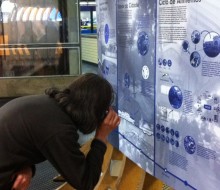
Safari 1 São Paulo: Exhibition

-

Safari 1 São Paulo: Workshop

-

Pinterest Headquarters

-

Fall Kill Creek Signage

-

A User’s Guide to the Fall Kill Creek

-

Fall Kill Creek Master Plan

-

Underdome

-
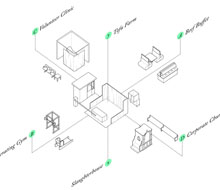
What Does Green Mean 2?

-

Known Unknowns

-
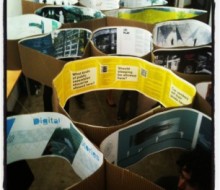
Public Horizon

-
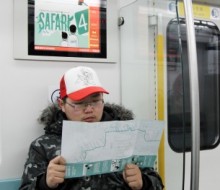
Safari 4

-

Levittown

-

MycoMap

-

Flushing River Canoe Tour

-

Mobile Library Unit

-
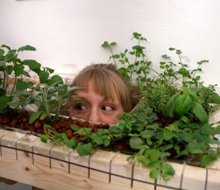
Life Support 2

-

Degrees of Certainty

-

Safari 7 Reading Room

-

Safari 7

-

What Does Green Mean?

-

Crisis in Crisis: Biosphere 2′s Contested Ecologies

-

Bargaining Table

-

Senior Seminar: Urban Ecology

-

Life Support

-
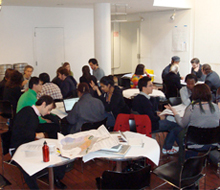
This is Newark

-

Beyond Recreation

-

www.zhuanpan.org

-

In the Field

-

Biosphere X

-

Veteran’s Project

-

Interior Loft Renovation

-

Superinclusive

-

Special Topics: Active Research

-

Common Profit

-
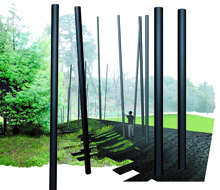
National AIDS Memorial

-

Atmosphere

-

Fact Factory

-

Senior Studio: Library

-

RPI: Food Logic

-

Pamphlet Architecture Entry: All of the Above

-
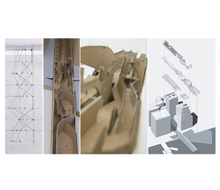
RPI: Vertical Studio

-

Broken Homes

-

Fabricating Data, Fabricating Worlds

-

If You Like

-

Out of Many: Statistical Portraits of the American Public Gone Awry

-

Worth Your Weight

-

Places That Count

-

OSU: Survey Says

-

My Kind of Town

-

American Landscape

-

Master’s Thesis: e-All of the Above



